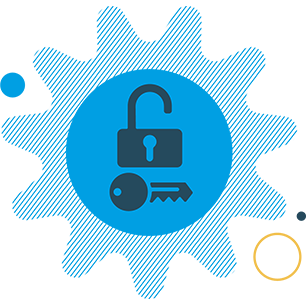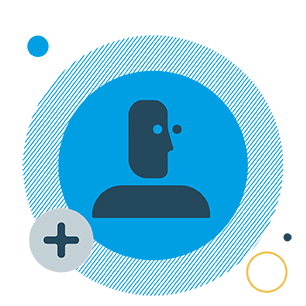

Earn Scrum Education Units (SEUs)
Earn credit towards renewing your certifications.
As you learn about Scrum, you'll find out it defines three artifacts: product backlog, sprint backlog, and a potentially releasable product increment.
Pavel Dabrytski, Geoff Watts, and Jesse Fewell Describe the Three Scrum Artifacts
The Three Scrum Artifacts
Scrum uses three artifacts to help manage work. All three are defined and described below.
Product Backlog
The product backlog is an ordered list of everything that is known to be needed in a product based on the product goal. It is constantly evolving and is never complete.
Sprint Backlog
The sprint backlog is a list of everything that the team commits to achieve in a given sprint. Once created, no one can add to the sprint backlog except the development team.
Potentially Releasable Product Increment
At the end of every sprint, the team delivers a product increment that is potentially releasable, meaning that it meets their agreed-upon definition of done. (An example might be fully tested and fully approved.)
Want to learn more? Enroll in our free Introduction to Scrum eLearning module.
Ready to get a Scrum certification?
Generic Content Is Here
Dynamic based on Resource Type









